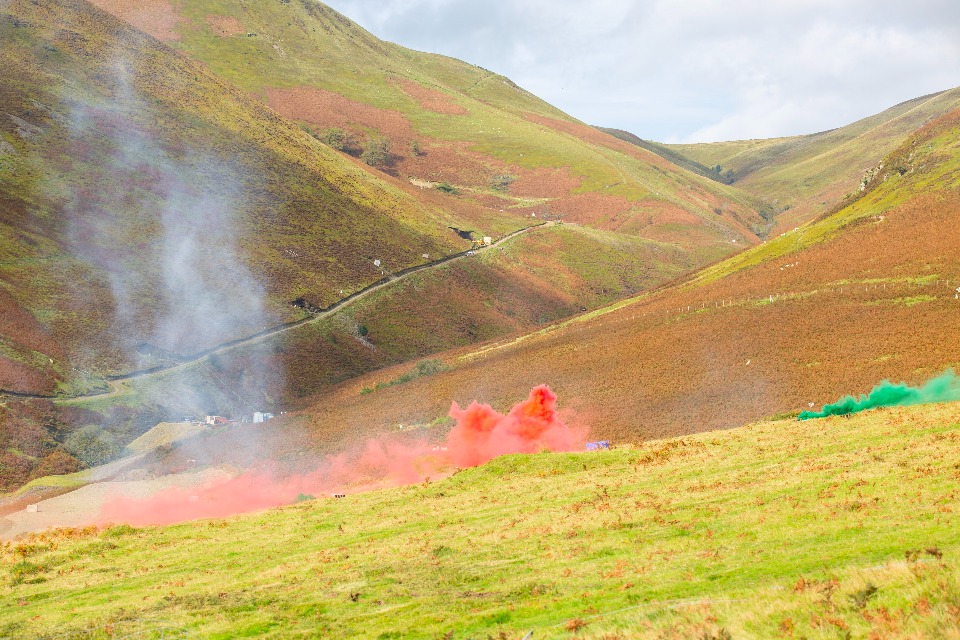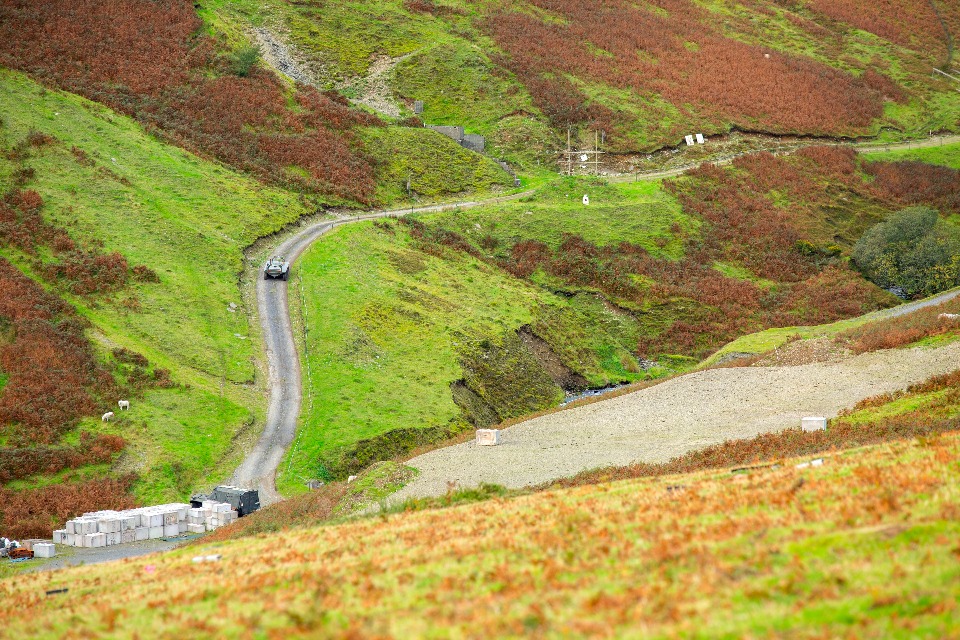The new approach - which is part of a much broader transformation programme for Ministry of Defence (MOD) test and evaluation (T&E) - blended live and synthetic evaluation techniques for the assurance of autonomous systems. Taking place at Radnor Range in Wales in October 2023, the demonstration successfully showed how a synthetic, multi-layered representation of a live range could be combined to generate evidence that is validated in live environments.
Radnor Range Ltd managed the collaboration of 10 specialised small to medium-sized enterprises (SMEs) working collectively as 'Project Zeus'; together they presented a new fast and effective approach for the test and evaluation of autonomous systems. The group comprised:
- Ansys
- A-Tech SYN
- Atmosoar
- EES Solutions
- FlareBright
- GemaSecure
- IDV Robotics
- Nexus
- Risk Reasoning
- Cambridge Sensoriis
The investigation performed by Project Zeus both identified the capability requirements for a future enduring autonomy test bed and delivered a practical live demonstration.

Image credit: 12 Space Media
The live demonstration took place on behalf of the Defence Science and Technology Laboratory (Dstl) over 3 days. It showed how a test bed capability might be created to evaluate uncrewed systems (including those with AI) in challenging scenarios and environments that considered the effects of global navigation satellite systems, weather conditions and terrain.
The demonstration illustrated how existing models and simulation can be federated, securely, within a synthetic range environment to provide assurance and evaluation evidence that could be validated through live trials.
Main successes of the demonstration include:
- rapid federation of MOD's Test Bench (T-MASS) with existing system models
- generation and deployment of a multi-layered synthetic range environment for test and evaluation
- collaborative working within a test and evaluation environment, which encouraged enhancements to existing technology (as demonstrated by the increase in the radar and radio frequency (RF) sensing ranges)
The new approach is agile, adaptable and scalable. It can be used throughout the life-cycle of a capability, from the very first concept through to acceptance in service - as well as whilst in-service and even at end of life disposal. This should permit the latest autonomous technology to reach the hands of the military user faster.

Image credit: 12 Space Media
Jarrod Cornforth, Dstl's technical lead for the project, said:
The work demonstrated how autonomous systems T&E being integrated earlier in system development could enable quick delivery to the front line. The blended approach, of live range with a synthetic environment, enhances the system under test and delivers better capability.
By sharing knowledge and data, such as allowing industry partners' access to our specialist Transportable Modelling and Simulation System (T-MASS) software, we were able to build collaboration and achieve our shared goal.
Gary Burton, Operations Director, Radnor Range, said:
Not only have we developed a new model for autonomous T&E, but also, through collaboration, we have demonstrated new autonomous systems capabilities.
We've achieved both technical and project success by involving the entire defence innovation chain and encouraging intuitive creativity through a flatter project structure whilst increasing a flow of cross communications between all parties. In an age of rapidly advancing technology, we need to find new ways of working to meet military capability needs.
Project Zeus was funded by the MOD's Test and Evaluation Transformation Programme. This programme is helping defence adopt new digital and deployable techniques, alongside increasingly capable live test ranges to assure and optimise military systems for the battlefield.






